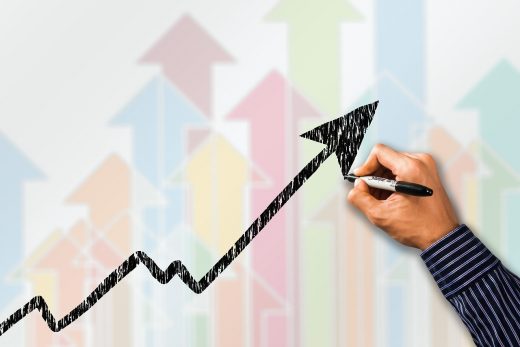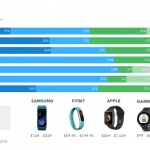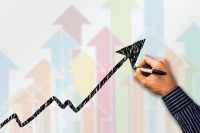When It Comes to Trends, Know Which Ones to Trust
— December 3, 2017

geralt / Pixabay
Mention the word “trend” to some people and you may receive a smirk in response. Why? Because many people simply don’t trust trends.
That can be a significant mistake. Some trends are, in fact, very trustworthy—so much so that they can be considered future certainties. Others are somewhat less certain, but open to influence.
Understanding and embracing this different view of trends can unlock enormous opportunities for both you and your organization.
4 Ways to Spot a Trendy Trend
Here’s how one online dictionary defines trends: “A trend is what’s hip or popular at a certain point in time.”
Framed that way, it’s easy to understand why so many people have a knee-jerk distrust of trends. For one thing, it relates to how the word trend is often used.
- Trends Are Short-Lived. If something is considered “trendy,” be it the clothes we wear, the food we eat or most anything else, it’s seen as something of interest or value only in that moment. It may be fashionable or “in,” but that’s likely to be short-lived.
- Trends Lose Their Value. Moreover, when a trend goes out of fashion, so does its perceived appeal or value. Think about the clothes you wore or the car you drove only a few years ago. Can you picture yourself in them today? That’s all the more true the longer the time frame.
- Trends Can Date Us. If you’re of a particular age, can you see yourself in bell bottoms munching on a snack because “that’s what the astronauts eat in space?” For some, that might be a bit embarrassing!
- Trends Come and Go. Additionally, many trends are seen as unpredictable and beyond our control. They come, they go, and no one ever seems certain how long they’re going to last—or, for that matter, what force or influence suddenly transforms a trend from today’s hottest thing to tomorrow’s old news.
Why Hard Trends Are Better
My view of trends is quite a bit different from the perspective I just described. To me, trends are more accurately described in a scientific context.
Another online dictionary describes a trend this way: “The general course or prevailing tendency.” For me, that greatly reduces the notion of a trend as something unpredictable that comes and goes on a whim. They’re much more understandable.
Hard Trends Are Sure to Happen
In fact, some are predictable with absolute certainty. I refer to those as hard trends, one of the core principles of the Anticipatory Organization model. Hard trends are things that are going to occur. Moreover, you can be absolutely certain that they’re going to occur—no question about it!
Here’s an example of a hard trend on a very simple, personal level. Picture yourself 20 years in the future. If you’re still living, where will you be and what will you be doing?
How do I know, you might reply—a fair answer, but one that overlooks the fact that you’re going to be 20 years older than you are now. That’s a hard trend.
Move that to a bigger stage, and you can see a hard trend with a greater sphere of influence. The fact is, we’re all getting older. That’s another hard trend, one with enormous implications.
Soft Trends Can Be Influenced
By contrast, where we will all be and what we may be doing are examples of soft trends. These are future events that are less certain to occur. They may or may not happen, but one valuable element of soft trends is that they can be influenced.
Using our example of aging, alongside the hard trend of everyone getting older, how will we be living? Where will we work? What will our health be like? Those are all soft trends—not future facts, but open to change and influence.
What makes hard and soft trends such a valuable one-two punch is that, in one respect, they allow us to anticipate the future with complete certainty. And those elements of the future that are not quite so set in stone can be changed—ideally, to our advantage.
So, the next time someone dismisses the value of trends, stop and think about them beyond the context of here today, gone tomorrow. Instead, look at trends as invaluable tools as you and your organization plan for the future.
Learn to separate hard trends and soft trends. Check out the Anticipatory Organization model. It consists of a corporate training system, as well as an individual learning experience.
Business & Finance Articles on Business 2 Community
(30)













